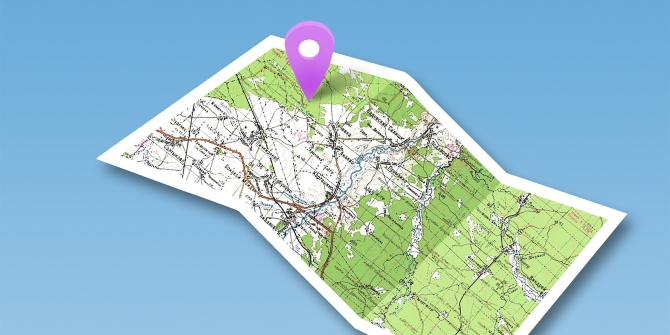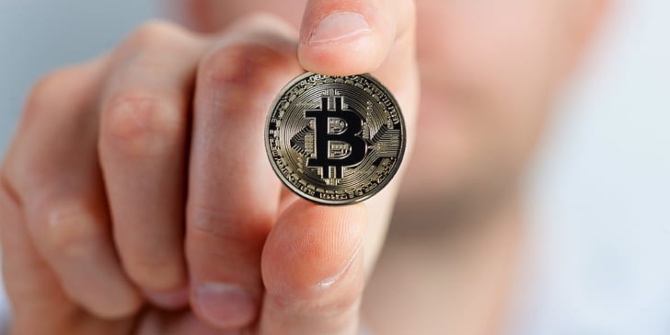
Throughout this year, as the pandemic has brought so much upheaval to workplaces, an emerging technology has been taking root — one likely to have a profound impact on human life and work for generations to come. We’ve seen the rise of tracking.
For years, industries have been experimenting with Real-Time Locating Systems (RTLS) to geolocate their workers and products. But COVID-19 has catapulted these services into a new era.
Businesses have turned to them to ensure social distancing among employees, in keeping with health officials’ recommendations that people stay six feet apart. Business leaders have also been implementing technologies based on RTLS to conduct contact tracing, using collected data to warn people if they’ve been in the close vicinity of someone who tests positive for the virus.
In the health industry, more hospitals and medical facilities have begun using locating systems to ensure that personnel wash their hands every time they enter a patient’s room. Research in recent years has demonstrated what a profound difference this can make. The University of Fukui Hospital in Japan, for example, found that the number of times medical staff performed hand hygiene while attending to a patient increased by more than 300%. (The system was built using technology from Quuppa, the company I work for, which uses Bluetooth tags and devices to provide centimetre-level accuracy.)
Meanwhile, manufacturers are using RTLS to follow shipments of goods through new and rapidly changing supply channels. Security teams are even using them to monitor people and watch out for emergency situations in smart buildings.
New figures demonstrate how much growth these technologies have seen this year. By one estimate, the industry was valued at $12.5 billion in 2019 and is on track to be worth nearly $18 billion by 2025.
Maintaining privacy
Privacy concerns, which long made businesses wary of these technologies, have fallen down the list of priorities this year, eclipsed by the more immediate challenges of protecting workers from infection and making operations continue. What was previously seen as a potential violation of privacy is now seen as a necessity to keep workers alive and healthy.
But that doesn’t mean privacy concerns have disappeared altogether. And when the pandemic is finally over, people will likely be more concerned about these technologies’ potential to act as “Big Brother.”
Working in this industry, I’ve come to see clearly how location services can be built and handled in a way that prevents businesses, governments and hackers from abusing these technologies.
Remove personal information
Businesses can conduct tracking without automatically recording information associated with individuals’ identities. If the organisation needs to find someone specific, a manager can then use an authenticator to determine where an individual is. But the manager has to provide and log a reason for looking, and the authenticator creates a record of the fact that the manager looked. The employee is automatically informed, and is allowed to contest whether the manager had a legitimate reason to check.
Log key events only
There’s no need for organisations to keep records of where all employees have been, even with personal identifiers removed. Set up the software so that only specific events are logged, such as when social distance between two people is breached. Otherwise, the technology can leave no record at all, so employees’ whereabouts aren’t leaving a virtual footprint in its memory.
Geographical and time limitations
Businesses can limit their tracking to only pre-defined regions and times. For example, the system can show that as long as someone is outside of the office and not during work hours, tracking is turned off. (Tags are sometimes attached to people’s work IDs, which they take with them wherever they go in case they need to rush back to the office in an emergency.) Within offices, these devices can automatically turn off when someone is alone in their own office or is in a bathroom.
Put workers in control
Some companies also choose to give workers the option of whether to use the system at all. Mine workers, for example, often want this kind of tracking when it’s available for their own safety. But some people would rather opt out altogether.
While RTLS has come a long way, this technology providing exact locations with centimetre-level accuracy has not yet landed in the hands of most developers of mobile devices. When that happens, I expect a world of new apps to be created — along with the option to turn it off.
♣♣♣
Notes:
- This blog post expresses the views of its author(s), not the position of LSE Business Review or the London School of Economics.
- Featured image by Andrey_Photos, under a Pixabay licence
- When you leave a comment, you’re agreeing to our Comment Policy
 Fabio Belloni is a co-founder and chief customer officer at Quuppa, which serves businesses across numerous industries — from healthcare to retail, security, logistics, manufacturing, sports and more.
Fabio Belloni is a co-founder and chief customer officer at Quuppa, which serves businesses across numerous industries — from healthcare to retail, security, logistics, manufacturing, sports and more.





